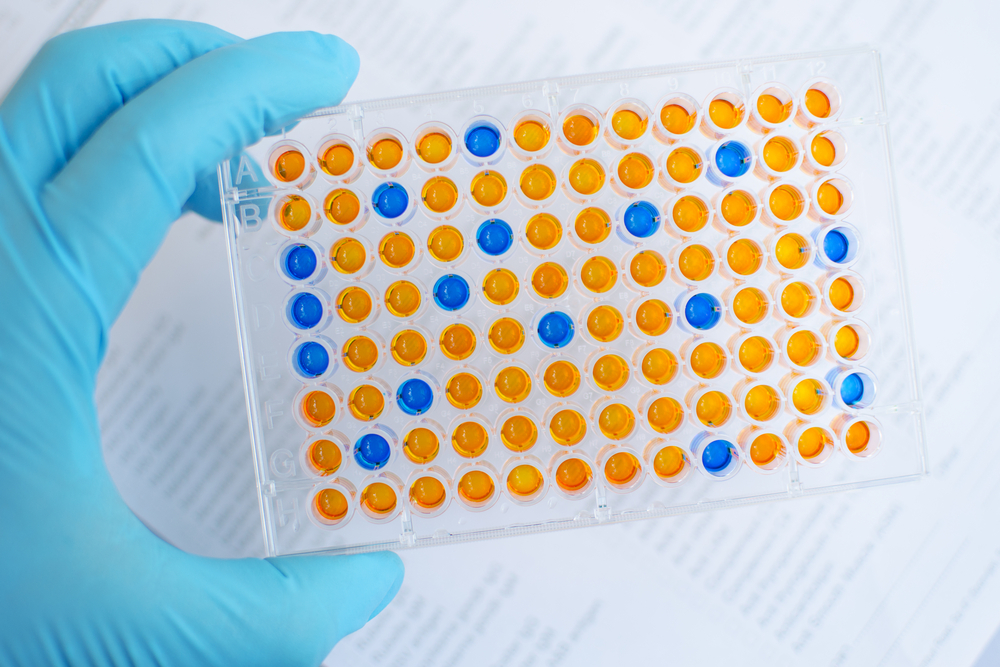Sarcoidosis Lung Proteins Could Be Disease Biomarkers

Researchers from Karolinska Institutet in Sweden, reported finding eight proteins in bronchoalveolar fluid (lung washing liquid) in the largest group of patients with sarcoidosis to be studied that distinguishes people with the disease from healthy people and those with asthma.
The findings presented in the report “Elevated levels of FN1 and CCL2 in bronchoalveolar lavage fluid from sarcoidosis patients,” published in the journal Respiratory Research, represent a first step towards the identification of sarcoidosis markers to be used in diagnosis, monitoring of disease activity, or setting a prognosis of the disease course.
Sarcoidosis is a systemic inflammatory disorder affecting multiple organs. In about 90 percent of patients, it impacts the lungs. Earlier studies looked at levels of proteins in serum and bronchoalveolar washing fluid from the lung, but so far no studies have attempted to compare protein markers in the two tissues from the same patients.
The new study concluded that three of the eight proteins could open doors for further research.
Researchers enrolled 35 patients with sarcoidosis, of which 18 had Lofgren’s syndrome — a disease subgroup characterized by acute disease onset, inflammation of fat cells under the skin, and arthritis in the ankles. The study also included 16 healthy people and 17 people with asthma as study controls. Levels were measured of 96 different proteins.
Eight proteins were present in higher concentrations, which led researchers to hone in on three proteins with the largest difference between patients and controls.
To validate the findings, researchers measured the levels of the three proteins in a larger group of 216 people; 112 with Lofgren’s syndrome, and 33 healthy controls.
Analyses showed that two proteins, FN1 (fibronectin 1) and CCL2 (C-C motif chemokine 2), were present in higher levels in the lung washing fluid of patients when compared to the two control groups. Protien levels in the serum did not differ between the groups; and researchers found no robust differences between patients with or without Lofgren’s syndrome.
Taking FN1 and CCL2 through a second verification round confirmed the difference, and also showed that the levels of the two proteins seemed to go hand-in-hand.
Researchers also looked at the content of immune cells in the lung washing fluid, and noted that levels of a third protein, Cadherin 5, were linked to the numbers of cells in the fluid.
All findings were unaffected by age, sex, smoking, lung function, or the presence of other cell types in the lungs.
The research team concluded that the eight proteins found, especially FN1, CCL2 and Cadherin 5, are of potential clinical relevance in the context of sarcoidosis.






